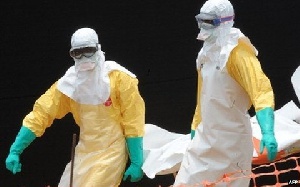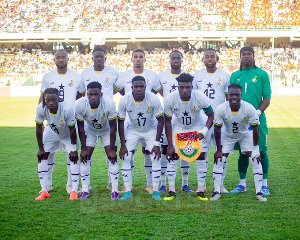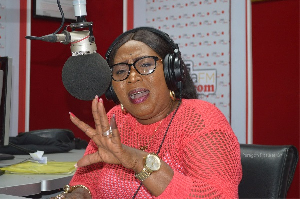Dr Kweku Agyeman Mensah, Minister of Health, on Monday said Government has so far distributed 10,000 Personal Protective Equipment (PPE) to health facilities across the country in its quest to combat Ebola outbreak.
These include all regional health directorates, teaching hospitals, National Ambulance Service, Police and Military Hospitals, private health facilities, border posts and tertiary institutions.
He said Government has also begun the process of setting up special and well equipped isolation centres for effective management of the disease in case it rears its head in Ghana.
Dr Kweku Agyeman Mensah said this on Monday during the sixth passing out ceremony for 196 Ghana National Fire Service (GNFS) recruits who would constitute the Emergency Medical Technicians wing or first aid caregivers of the GNFS after receiving a two-year intensive training in emergency medical procedures.
The training which was in line with international standards, took the trainees through courses such as, Basic Principles of Resuscitation, Automated External Defibrillation, Control of Hemorrhage, Treatment of Shock, Bandaging of Wounds and Administration of Oxygen.
He said while the Isolation Centre at Tema is about 95 per cent completed, the Kumasi and Tamale centres are near completion.
He said Government is leaving no stone unturned in its efforts to combat the spread of Ebola to Ghana from neigbouring countries.
“We should all take note that the risk factors in the countries where the disease has claimed lives and affected thousands are the same in Ghana,” he said.
He noted that as at September 30, the cholera outbreak had affected nine out of the 10 regions with a total of 18,902 reported cases and 150 recorded deaths.
“Currently the Northern Region remains the only area which has not recorded any infection of the disease,” he added.
He said the disease which spread from the Greater Accra Region had so far been recorded in 96 districts in the nine affected regions since its outbreak in June this year.
He added that the said the infection rate has decreased from 2,000 infections in a week to less than 1,000 infections.
Health News of Tuesday, 14 October 2014
Source: GNA

















